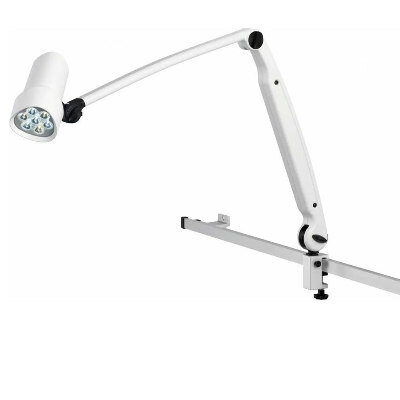Ozone Injection Improves Knee Osteoarthritis Functionality
By HospiMedica International staff writers
Posted on 17 Nov 2015
Injecting ozone gas into the knee reduces pain and improves functioning and quality of life in people with knee osteoarthritis (OA), according to a new study.Posted on 17 Nov 2015
Researchers at the Federal University of Sao Paulo (Brazil) and Escola Paulista de Medicina (EPM; Sao Paulo, Brazil) conducted a study involving 98 people suffering from OA. Sixty-three of the participants received 10 mL injections of ozone throughout the study, while 35 participants received 10 mL injections of air as a placebo. All of the participants had similar socioeconomic backgrounds, and only two participants (both in the ozone group) did not finish the study.
The researchers performed several evaluations of the participants at the beginning of the study as well as after their fourth and eight injections, and eight weeks after their last injection. Timed up and go (TUG) tests were performed to evaluate the time it took study participants to stand up, walk a set distance, return, and sit; The researchers also evaluated changes in pain, function, and other quality of life (QoL) indicators using the using the Short Form-36 (SF-36) Health Survey.
The results showed that there were no significant differences in how the two groups performed in the TUG tests. The group on ozone therapy, however, had significantly better results in tests that measured pain, function, and overall health throughout the course of the study. The results of the SF-36 surveys also showed that participants in the ozone group reported improvement in all areas that pertain to QoL after their fourth injection. The study was presented at the American College of Rheumatology (ARC) annual meeting, held during November 2015 in San Francisco (CA, USA).
“We think the work means that ozone can give the patient a better quality of life with less pain and more independence in daily life activities,” said lead authors and study presenters Carlos César Lopes de Jesus, MSc, and Prof. Virginia Fernandes Moça Trevisani, PhD. “Ozone is also capable of delaying the need for joint replacement surgery. It is a tool for the clinician to reduce pain or to help control it.”
Ozone (O3) is a naturally-occurring allotrope of oxygen that consists of three atoms of oxygen with a distinctively pungent smell. It is formed from dioxygen (O2) by the action of ultraviolet (UV) light and also atmospheric electrical discharges, and is present in low concentrations throughout the Earth's stratosphere. When infused into human blood, ozone produces reactive oxygen species (ROS), an over-abundance of which is known to cause oxidative stress and cell damage, and is implicated in the progression of some degenerative diseases.
Related Links:
Federal University of São Paulo
Escola Paulista de Medicina














